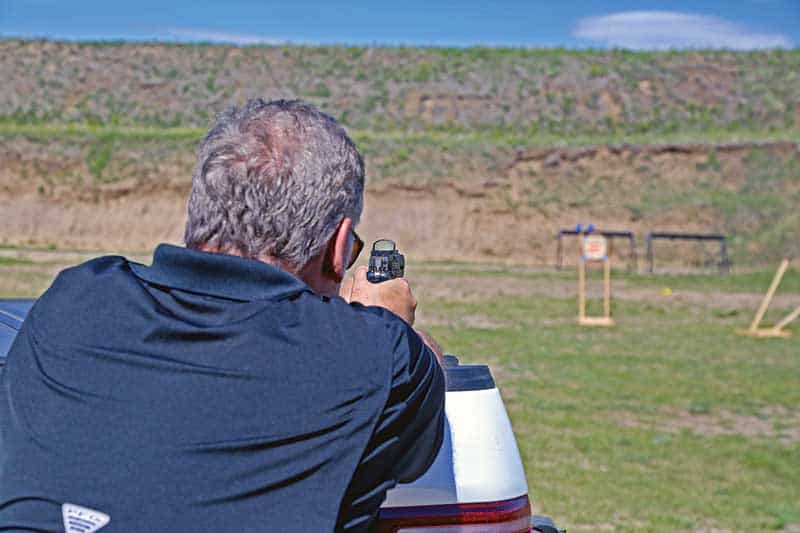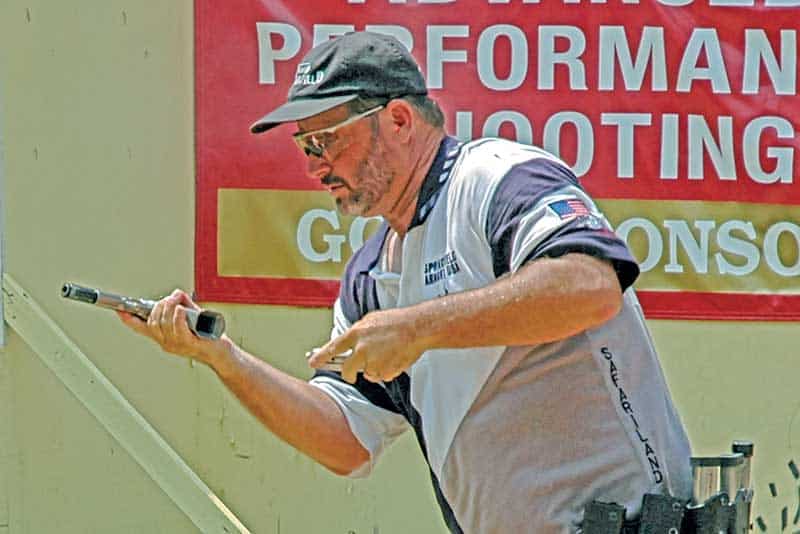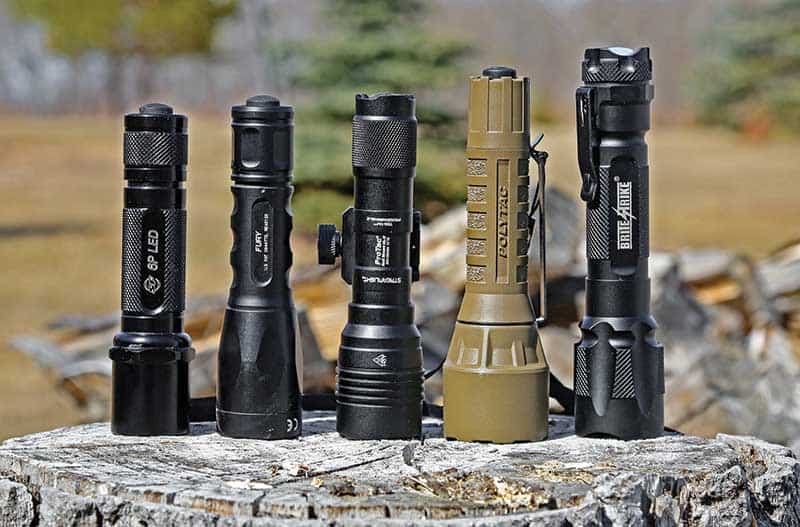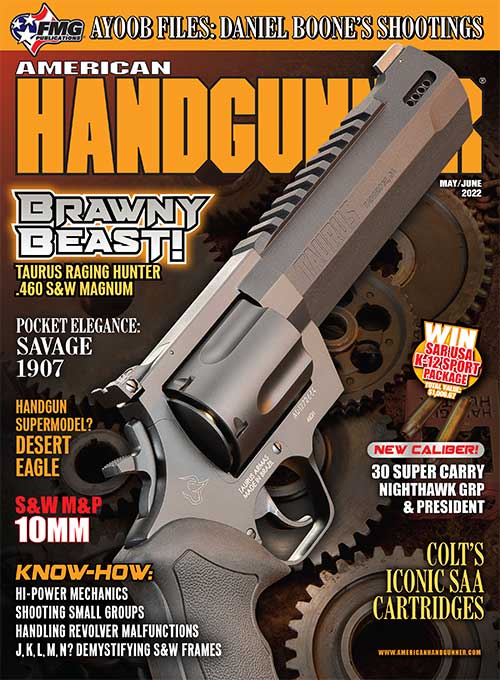Better Shooting: You Are the Firearm Safety
I saw in the news something about an actor who shot members of the production crew, one of them fatally. An issue much debated is who or what to blame; the actor, the armorer, the person who handed the gun to the actor, sloppy safety procedures, ignorance, climate change, monetary policy, the moon phase … We’re told to withhold judgment because we don’t know who is responsible. Really? We know who held the gun, pointed it at people and pulled the trigger. That is quite enough.
If there is one thing I believe after 2/3 of a century using firearms, it is this: The person holding the gun is ultimately responsible. It makes no difference if someone assures you the gun is unloaded. It makes no difference if some evil enemy sneaks a live round in the gun. It makes no difference if an insect crawls down the bore and makes a nest. None of these things relieve the one holding the gun from responsibility. The only way to know the condition of the gun is to check it yourself.
There are many rules of firearm safety. Long ago the late Col. Jeff Cooper pared the list down to four: Rule One — All guns are always considered to be loaded. Rule Two — Never allow the muzzle to cover anything you are not prepared to destroy. Rule Three — Finger off the trigger unless sights are on target. Rule Four — Be sure of your target.
These are not the only rules of safe gun handling. You can follow the above and still injure yourself due to an obstructed bore, loading the wrong ammunition, or a broken component of the firearm. What Cooper did was distill the rules down to the essentials. You may one day do something stupid or forgetful. If you follow the four basic rules, always, everywhere, when the day comes you will feel embarrassed and stupid. But you won’t have killed or injured anyone.
Rule 1
Rule 1 does not literally mean you keep all your guns loaded all the time. Personally, the only time I have a loaded firearm is when it is directly under my control: slung over a shoulder, in a holster, or in my hands. What it means is there is only one standard of care for firearms. You wouldn’t leave a loaded firearm unattended where a child or irresponsible adult could get it. So, you don’t leave an unloaded firearm unattended. There is only one way to handle firearms — the way you would handle a loaded firearm.
Rule 2
Rule 2 might be called first among equals. Even if you do everything else wrong, as long as the firearm is pointed in a safe direction you won’t injure anyone. Cooper once wrote how he would practice his trigger press by holding his hunting rifle while watching TV. Whenever an ad appeared with the letter “O” he would sight on it and complete a fast, smooth trigger break. Someone wrote to chastise him for breaking Rule 2. Cooper replied he didn’t care if he destroyed his TV, and there was a concrete wall behind it that would stop a bullet.
It’s true a firearm has to point somewhere. I don’t really want to destroy my gun safe, pickup truck, UTV, or hunting blind. But I could live with it. Such things can be replaced. You, your spouse, your child, your hunting partner, the guy next to you on the range, your dog — these things can’t be replaced. Don’t let the firearm point at them, even for a split second. Practice muzzle awareness until it becomes a conditioned reflex.
Rule 3
Rule 3, finger off the trigger unless sights are on target, I’m happy to say, has become widely practiced. One sees it being observed in news videos. It has become so widely accepted when the rule is broken it comes as a shock.
What I practice, and recommend, is for the trigger finger to be out of the trigger guard, straight alongside the frame. Some shooters say as long as the finger is off the trigger, it is okay to have it inside the guard, pressing against the front of the guard. Personally, I don’t like this method. There is still the chance of unintentional firing if for example the shooter is startled or trips and reflexively tightens the hand. I don’t find any significant speed advantage.
Rule 4
Rule 4, be sure of your target, includes knowing what is in front of and behind your target. You must know — not hope — the bullet is going to stop without endangering an innocent bystander. Jeff Cooper once wrote (quoting from memory): “There are worse things than being shot and shooting someone dear to you is the worst. And shooting an uninvolved bystander is almost as bad, as well as being severely punishable by law.” Let it be so.










